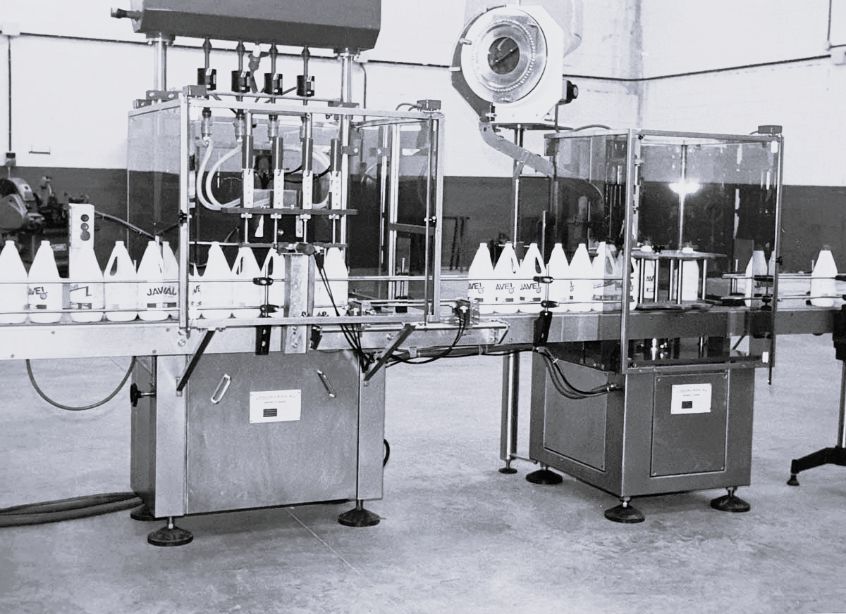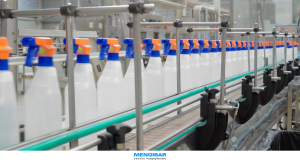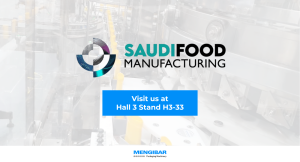The origins of filling technology is a remarkable tale of innovation and automation, driven by the need to meet the growing demands of industries and consumers.
Before the advent of automated filling machines, filling operations were primarily done manually. Workers would use simple tools like ladles or pitchers to pour liquids into containers. This process was time-consuming, labor-intensive, and prone to inconsistencies in fill levels. These manual filling methods have been used for centuries in farms, grocery stores, industries, etc.
The early development of filling machines can be traced back to the late 19th century when industrialization led to increased demand for automated filling processes in various industries.
The first filling machine is attributed to Stephen M. Rust of the United States. In 1850, Rust patented the first known automatic filling machine, which was designed for filling bottles with soda water. Rust’s machine used a system of valves and levers to automate the filling process, eliminating the need for manual pouring. His invention marked a significant milestone in the development of filling machines and laid the foundation for subsequent advancements in the industry.
To delve deeper into the origins of filling technology, we invite you to read the following article.
The First Filling Machines
1. Gravity-Fed Filling Machines: The earliest filling machines relied on gravity to fill containers. These machines used simple mechanisms where the liquid flowed from an overhead tank into the containers by gravity. The filling process was relatively slow and required manual control.
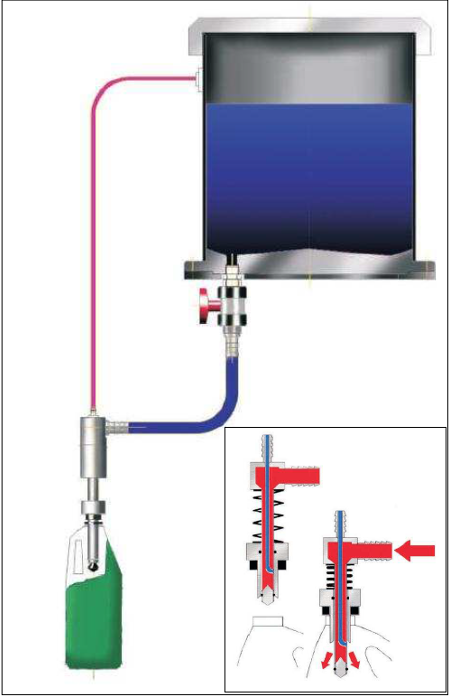
2. Vacuum-Filling Machines. In the early 20th century as the bottled beverage industry expanded, the need for faster and more accurate filling methods became apparent. This demand drove the innovation and refinement of filling technology. Bottling companies sought ways to streamline production, minimize waste, and ensure product quality and uniformity.
These machines used a vacuum to draw the liquid into the containers. The container was first evacuated, and then the liquid was introduced, filling the empty space created by the vacuum. Vacuum filling was commonly used for filling bottles with carbonated beverages to prevent foaming.
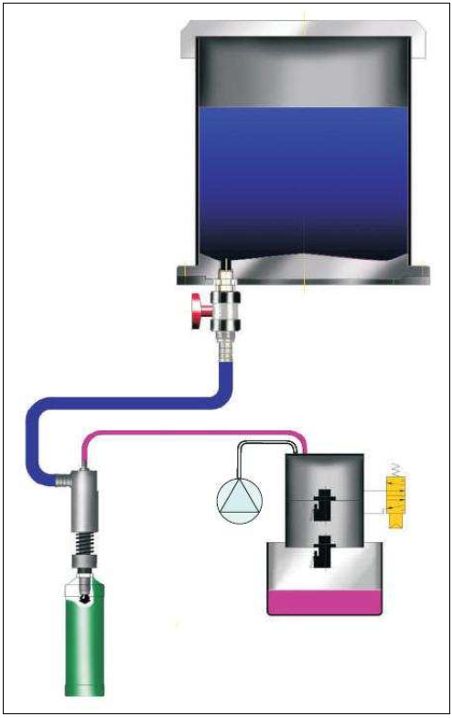
3. Piston-Filling Machines. This new technology emerged around the same time. These machines utilized a piston and cylinder arrangement to draw the liquid and dispense it into containers. The filling volume was controlled by adjusting the stroke length of the piston. Piston fillers offered increased speed and accuracy compared to gravity-fed machines.
Piston Filling fillers were widely used for filling a variety of liquids, including viscous and foamy products.
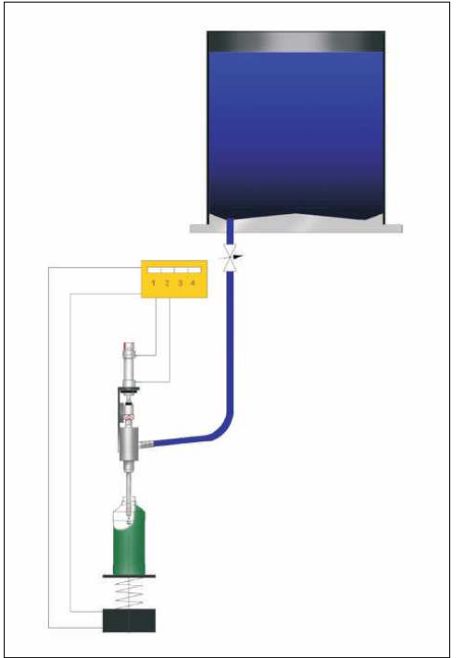
4. Other Volumetric Filling Machines. Volumetric filling technologies were developed to ensure consistent filling volumes. These machines measured the liquid based on volume, utilizing mechanisms such as rotary valves, gear pumps, or displacement chambers.
5. Net Weight-Filling Machines. The origin of net weight filling machines can be traced back to the early 20th century when industry was looking for a most sophisticated technology than Gravity and Vacuum to compete with Piston Filler Manufacturers. against a recognized the need for precise measurement and control of product weight during the filling process. Net weight filling machines integrated weighing systems, typically utilizing load cells, into the filling process. These systems allowed for continuous weight measurement during the filling operation, ensuring accurate and controlled filling by weight.

In Part II of this article, we will explain how the filling technology has evolved following the new requirements of the industry, legislation and the final consumer. We will review the technology developed in the last 30 years.


